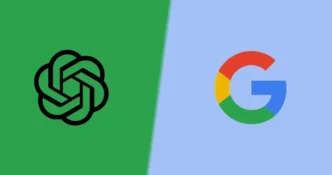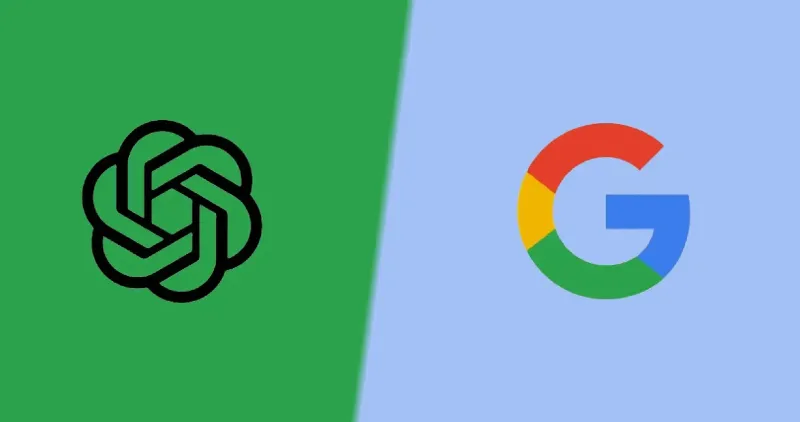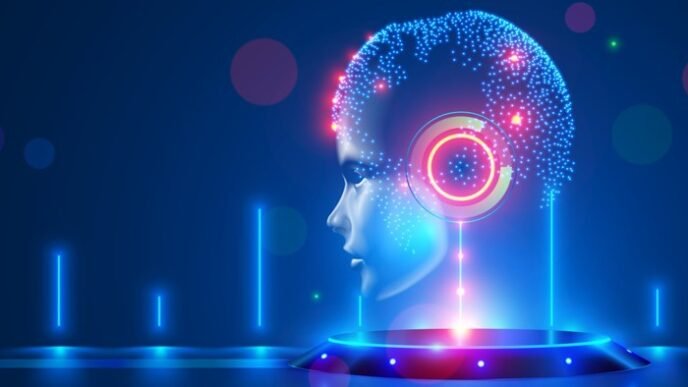In the rapidly evolving tech landscape, few rivalries are as captivating as that between Google and OpenAI. Each company represents a different facet of artificial intelligence (AI)—one as a tech giant with decades of innovation, the other as an agile startup focused solely on pushing the boundaries of AI. This analysis dives deep into the dynamics of this battle, from OpenAI’s emergence to its current standing against Google.
1. Emergence and Background
Founded in 1998, Google has become synonymous with internet search, but its foray into AI has positioned it as a leader in the field. Google’s AI initiatives, notably through its DeepMind subsidiary and TensorFlow platform, have advanced machine learning, natural language processing, and autonomous systems.
OpenAI
Established in 2015 by Elon Musk and Sam Altman, OpenAI was designed with a mission to ensure that artificial general intelligence (AGI) benefits all of humanity. Known for its GPT (Generative Pre-trained Transformer) models, OpenAI has quickly gained attention for its groundbreaking work in language models and ethical AI.
2. Key Strengths and Innovations
Google’s Strengths
- Infrastructure and Resources: With access to enormous datasets, computing power, and capital, Google can execute large-scale AI projects rapidly.
- Research and Development: Google Research and DeepMind contribute significantly to foundational AI research, including breakthroughs in reinforcement learning and AlphaGo.
- Integration and Ecosystem: Google’s AI tools are deeply integrated into its ecosystem, enhancing products like Google Search, Assistant, and Photos.
OpenAI’s Strengths
- Focus and Agility: As a smaller and more focused entity, OpenAI can quickly pivot and innovate in niche AI domains.
- Ethical Considerations: OpenAI prioritizes AI ethics, transparency, and safety, which resonate with many developers and businesses.
- GPT Models: OpenAI’s GPT series, especially GPT-3, has set a benchmark in natural language processing, revolutionizing how machines understand and generate human-like text.
3. Market Influence and Adoption
Google’s AI technologies have widespread adoption across industries, aided by its comprehensive suite of AI tools available through Google Cloud. Its dominance in search and advertising further solidifies its market influence.
OpenAI
OpenAI’s tools, like the GPT models, have found their niche among developers and startups looking to harness state-of-the-art language processing capabilities. Its open collaboration with Microsoft Azure has also expanded its reach in the cloud space.
4. Challenges and Limitations
Google’s Challenges
- Regulatory Scrutiny: Being a tech giant, Google faces significant regulatory challenges concerning privacy, data usage, and antitrust issues.
- Innovation Speed: Large size can sometimes lead to slower innovation cycles compared to more agile competitors.
OpenAI’s Challenges
- Resource Constraints: Despite backing from tech moguls, OpenAI lacks the financial and infrastructural muscle of giants like Google.
- Commercial Viability: Balancing its mission-driven goals with profitable commercial applications remains a challenge.
5. The Road Ahead
The battle between Google and OpenAI is more than just about AI—it’s about shaping the future of technology itself. Both companies are likely to continue influencing the development of AI in unique ways.
Potential Collaborations and Competition
While competition drives innovation, there’s also potential for collaboration. Projects like OpenAI’s partnership with Microsoft show that cross-company synergies can yield significant advancements.
Prospects for AI Developers and Businesses
This rivalry presents exciting opportunities for AI developers and business leaders. With ongoing advancements, both Google and OpenAI provide tools and platforms that can be leveraged to create innovative solutions across various sectors.
Conclusion
The competition between Google and OpenAI is emblematic of the broader battle lines drawn in the AI industry. For tech enthusiasts, business leaders, and AI developers, understanding the strengths, challenges, and innovations of each entity is crucial. As they continue to evolve and redefine AI’s capabilities, their impacts will resonate globally, presenting both challenges and opportunities for the future of technology.













